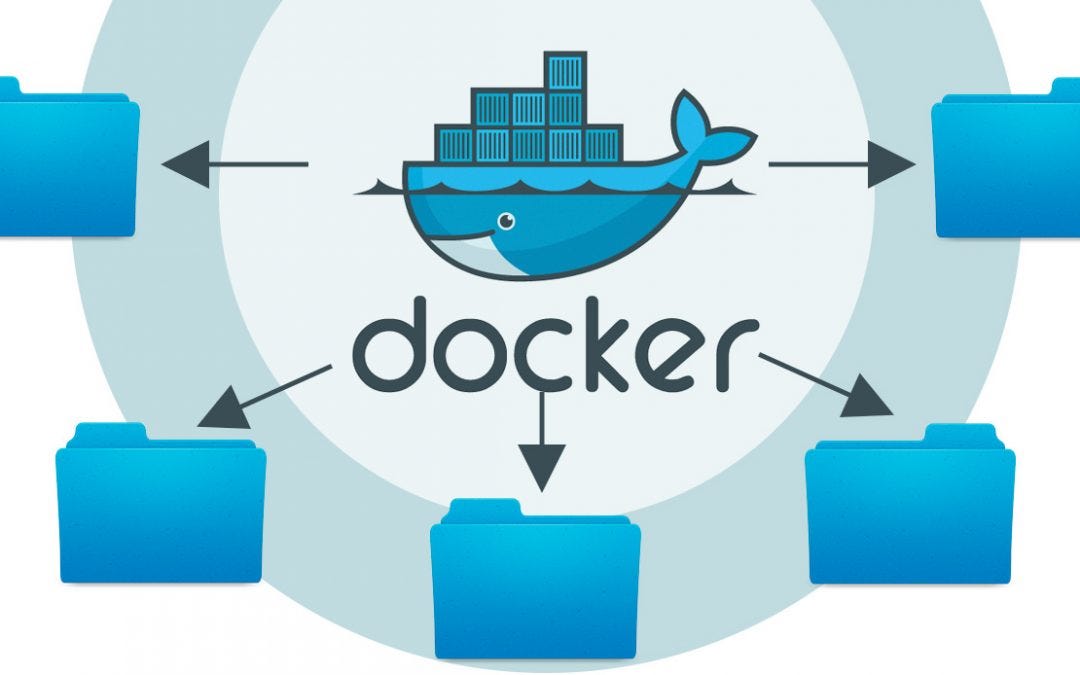Introduction
By Design, Docker containers don’t hold persistent data. Any data you write inside the docker’s writable layer is no longer available once the container is stopped. It can be difficult to get the data out of the container if another process needs it.
Also, a container’s writable layer is tightly coupled to the host machine where the container is running. You can’t easily move the data somewhere else.
Docker has two options for containers to store files in the host machine, so that the files are persisted even after the container stops: volumes, and bind mounts.
- Volumes are stored in a part of the host filesystem which is managed by Docker (
/var/lib/docker/volumes/on Linux). Non-Docker processes should not modify this part of the filesystem. Volumes are the best way to persist data in Docker. - Bind mounts may be stored anywhere on the host system. They may even be important system files or directories. Non-Docker processes on the Docker host or a Docker container can modify them at any time.
Let’s understand them in detail one by one.
#docker-container #docker #docker-volume #containerization

1.60 GEEK